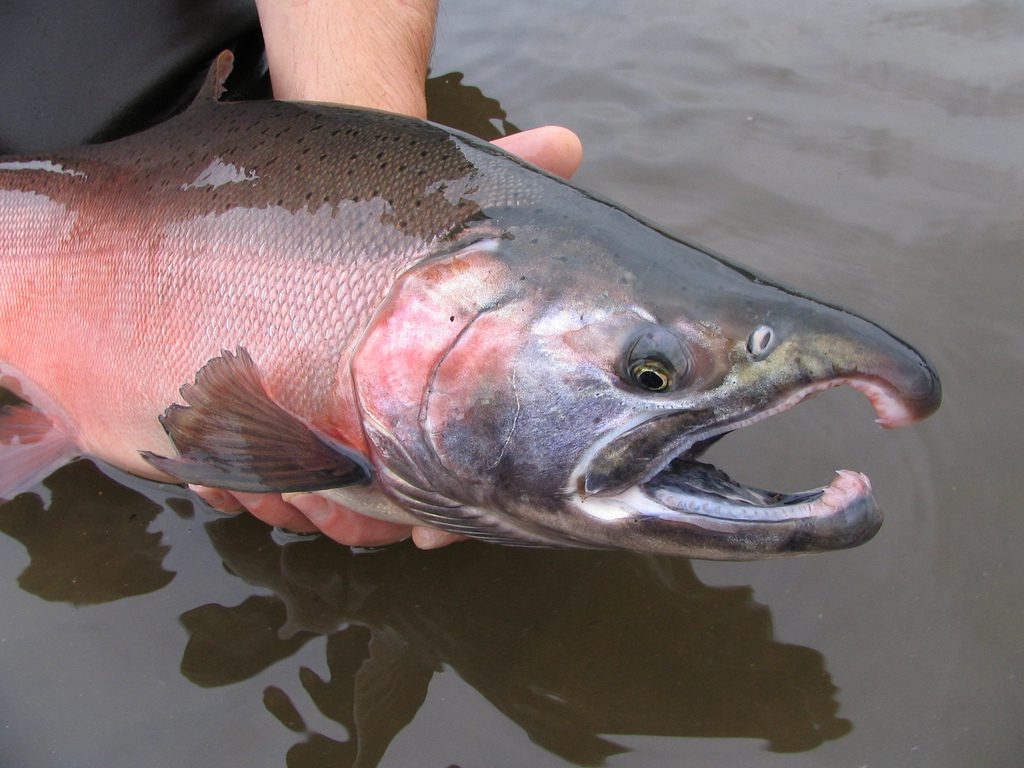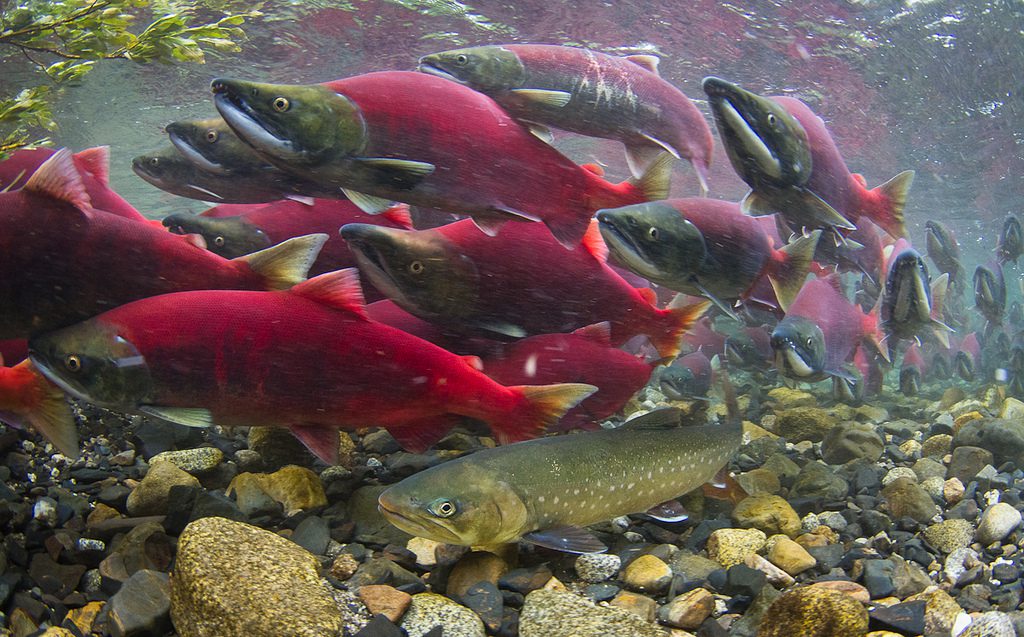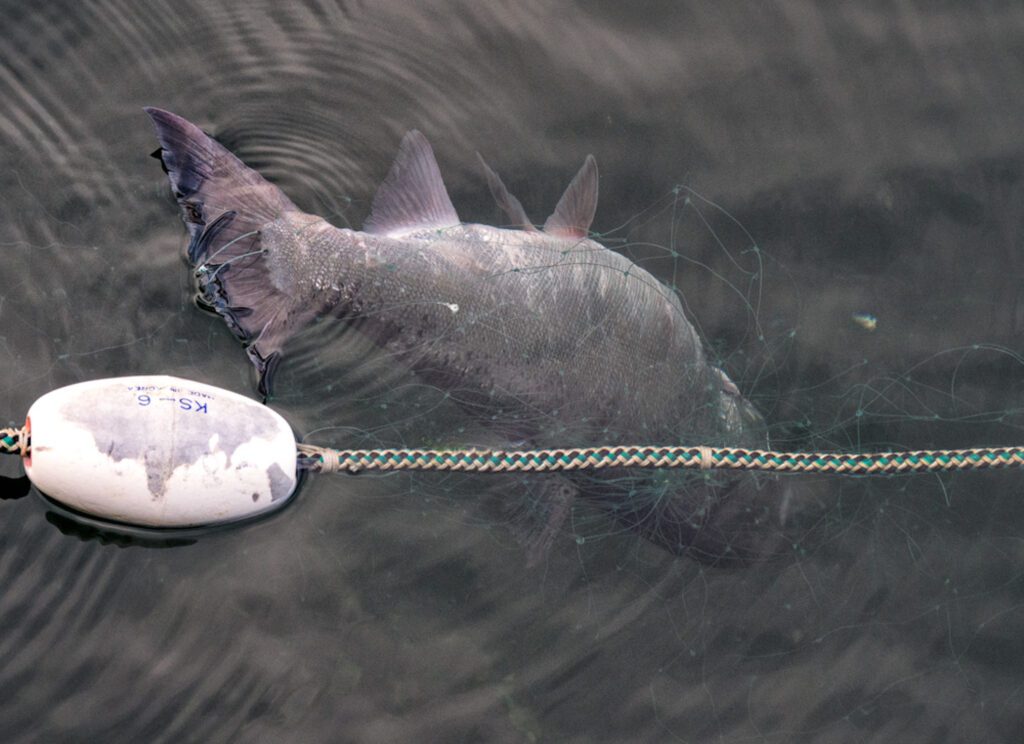It’s a mixed outlook for salmon fishing on the Yukon River, with state managers emphasizing record-level chum runs even as middle and upper river fishermen say they are not yet seeing those returns for themselves.
At a weekly teleconference sponsored by the nonprofit Yukon River Fisheries Drainage Association, few subsistence users from communities on the Lower Yukon made reports. A caller named Marvin from Kotlik explained that with berry picking in full swing, warm temperatures, and scores of black flies out, not much fishing was going on in the region.
Further up river, however, Sandy from Galena said that in the last few days people have been making the best of the plentiful fall chum salmon run, a run that is only now making its way to communities farther upriver.
“I did want to report that there have been a lot of families fishing,” she said. “People are saying that the fish are big and very red fleshed and people are pretty excited and happy about ‘em. They’re smoking them and putting them up, since that’s what we have.”
Relying on chum salmon for subsistence needs is exactly what managers on the Yukon have been hoping for. Escapement projections are counting the strongest chum returns on the river since the 1980s. Amid a complete restriction on Chinook salmon fishing, ADF&G is hoping subsistence needs can be met by capitalizing on the dense waves of chums—75 percent of which are bound for communities far up river. Jeff Estenson with Fish & Game laid out the approaching time table for the fish in up-river areas.
“We still have a group of about 70,000,” he said. “So, as it stands today we have about three groups of fish going up river.”
Those fall chums are expected to make it to Canada at the beginning of September.
Amid concerns that many communities on both the Yukon and the Kuskokwim haven’t had enough openings to put away fish, managers continue to hold off on all commercial openings in the lower Yukon. However, they said they will continue to assess commercial openings on a day-to-day basis.
Federal and state managers also gave updates on their Chinook counts—all of which are better than expected, but still far below the run sizes sacrificed by subsistence users during king fishing this year.







